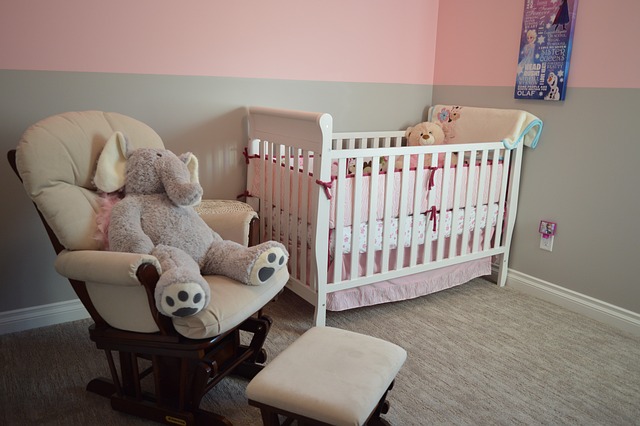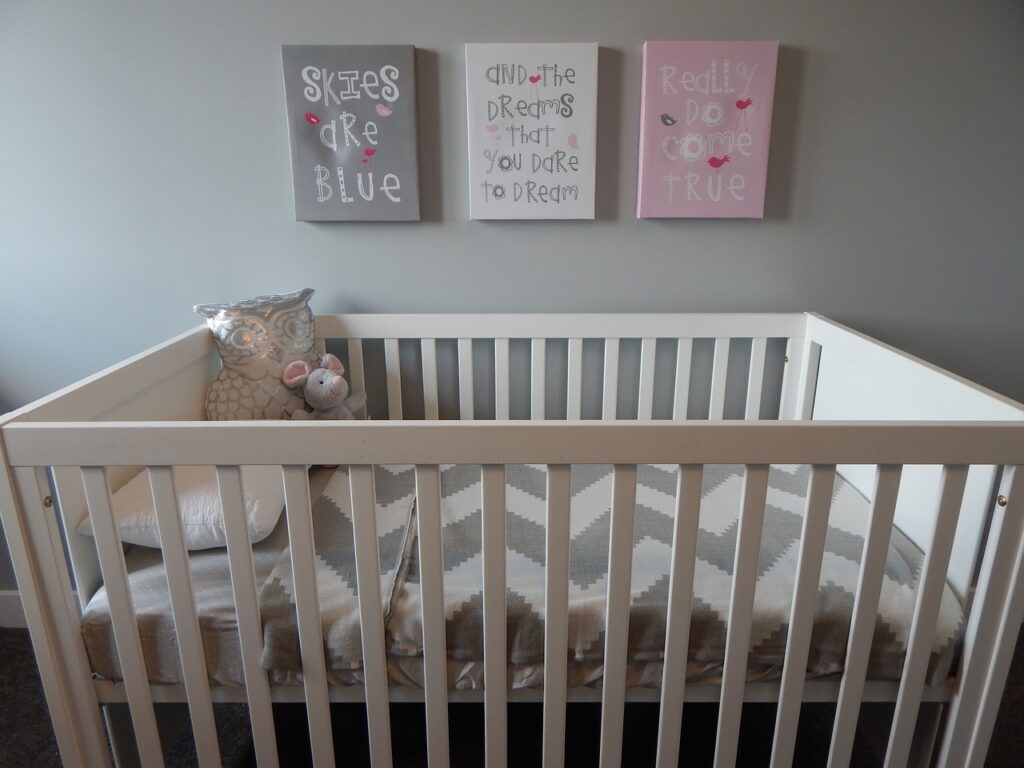When preparing a safe sleeping environment for infants, parents often focus on factors such as bedding, temperature, and sleep position. However, one crucial element that is often overlooked is the size of the crib mattress. The proper sizing and fit of the mattress in relation to the crib play a vital role in preventing Sudden Infant Death Syndrome (SIDS). In this article, we will explore factors that illustrate how crib mattress size contributes significantly to the prevention of SIDS.
Firmness and Support
A properly sized and fitted crib mattress ensures that it remains firm and supportive for the infant. This firmness is essential to prevent accidental suffocation or entrapment that can occur with mattresses that are too soft or saggy. A mattress that fits snugly within the crib limits the risk of gaps or spaces between the mattress and the crib’s sides, reducing the chances of a baby rolling over and becoming trapped.
Elimination of Entrapment Hazards
Crib mattresses that do not fit properly pose a risk of entrapment hazards, which can lead to tragic incidents. An ill-fitting mattress can create gaps between the mattress and the crib frame, headboard, or footboard. Infants may get their limbs caught in these gaps, leading to injuries or restricted breathing. By ensuring that the mattress fits tightly within the crib, parents can avoid potential entrapment hazards and create a safer sleep environment for their baby.

Prevention of Suffocation and Strangulation
An appropriately sized crib mattress plays a crucial role in preventing suffocation and strangulation risks associated with loose bedding. A mattress that fits properly prevents the accumulation of excess fabric or padding that can accidentally cover the baby’s face during sleep. A snug-fitting mattress reduces the likelihood of a baby becoming tangled in bedding and minimizes the risk of suffocation or strangulation.
Maintaining a Stable Sleep Surface
A properly fitted crib mattress provides a stable sleep surface for infants. A wobbly or uneven mattress can increase the risk of the baby rolling into potentially hazardous positions while asleep. A mattress that fits snugly within the crib ensures stability and reduces the chances of accidental rolling or repositioning during sleep, providing a safe and secure environment for the baby. By recognizing the link between mattress size and preventing Sudden Infant Death Syndrome (SIDS), parents can take proactive measures to ensure their baby’s safety. A correctly sized crib mattress, which offers sufficient firmness, eliminates entrapment hazards, prevents suffocation and strangulation risks, and maintains a stable sleep surface, plays a vital role in reducing the chances of SIDS-related incidents.




